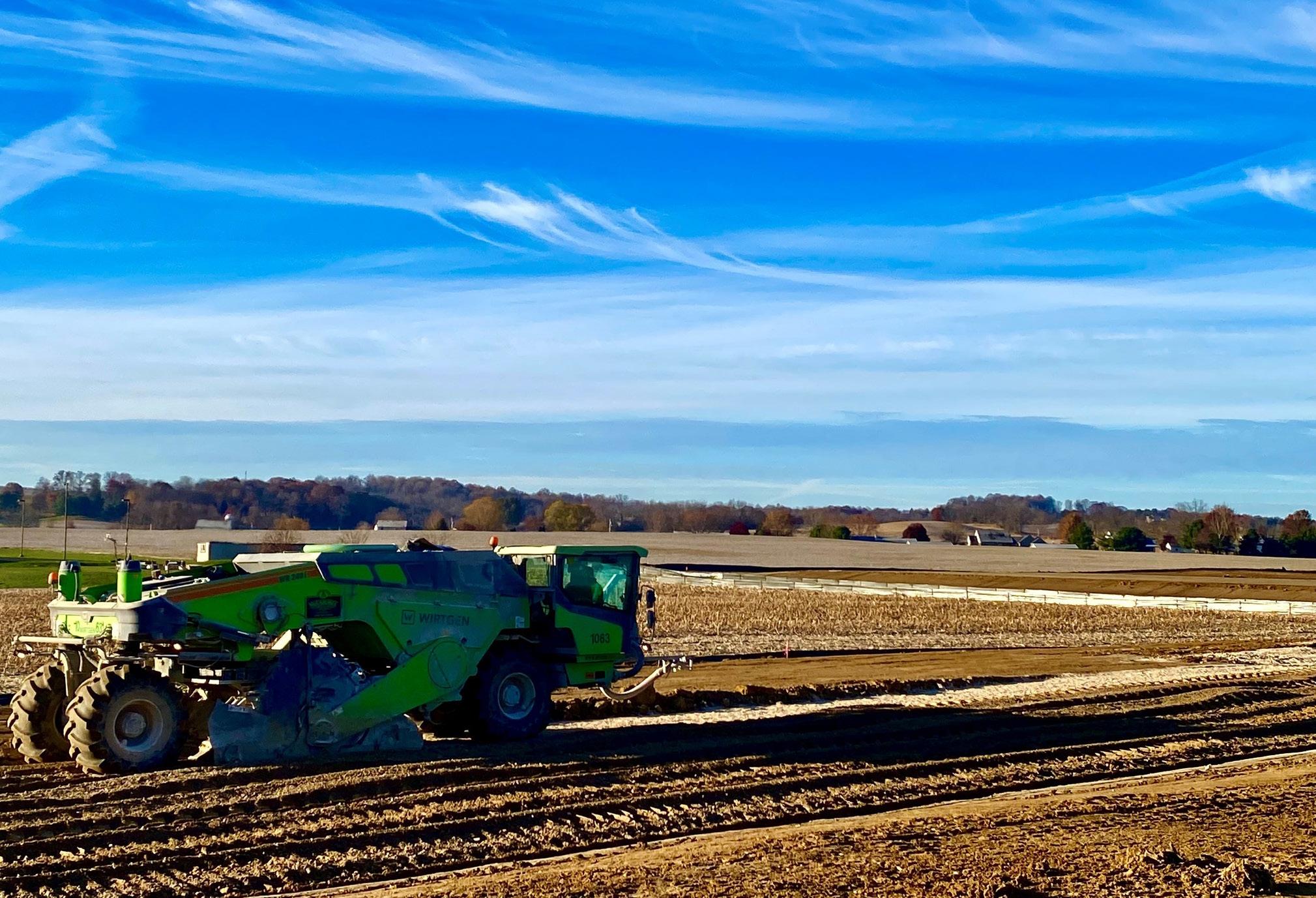
11 minute read
Why One Illinois Contractor Specializes in Soil Stabilization
Why One Illinois Contractor Specializes in
SOIL STABILIZATION
Mt. Carmel turns relatively unknown service into their main business operation, making them the leading midwest provider of stabilization solutions for over 70 years
Celebrating over 70 years of stabilization does not happen by accident. Mt. Carmel Soil Stabilization, based in Illinois, consciously chose to be the contractor of choice in this niche business and their 300-person team works hard to educate their customers about their projects and the need for their services. "We started out over a century ago, with sand and gravel works along the Wabash River, not far from our home town of Mt. Carmel, Il. Thirty years later, we began doing full depth reclamation on county roads. After another thirty years, we began expanding into lime and cement stabilization. And that’s where we have stayed until today – doing what we do best," Neil Ryan, president of Mt. Carmel Soil Stabilization says. "Nevertheless, our goal is to be even better in everything we do – and this is driven by our constant commitment to innovation and quality."
Today, Mt Carmel operates 20 crews across the country with more than 300 pieces of specialized equipment, all while touting the benefits of their services to their customers.
EDUCATION COMES FIRST
Many contractors know what is best for their customers and the projects they are hired to complete but it takes education to make customers understand that the right fix might not even be one they have heard of before. Soil stabilization is the method of choice when it comes to assuring the load-bearing capacity and quality of soil in preparation for road construction and civil engineering projects, but many project owners don't know of the benefits this service provides.
The majority of Mt. Carmel's projects involve soil stabilization for roads and highways of all kinds and the preparation of sites for industrial developments, but it takes the dedication of their team to educate their customers and keep soil stabilization top of mind on these projects. "We work to convince customers that soil stabilization is the best choice based on the many benefits it provides," Kelly Crowder, vice president of equipment & facilities at Mt. Carmel Soil Stabilization says. "The method makes the replacement of soils with poor load bearing capacities more or less superfluous. Moving earth with excavators, loading it onto trucks, taking it away for disposal, and then trucking load bearing soil to the site and spreading it is a much more costly alternative. On most of our
Mt. Carmel Soil Stabilization operates 20 crews across the United States with 300 employees and over 300 pieces of specialized equipment for their jobs.
construction sites, we actually manage to make transportation distances even shorter. We stockpile materials like lime and cement at our ten decentralized depots strategically located across the Midwest of the United States."
And Mt. Carmel prides themselves on that. They routinely schedule and deliver over 6,000 tons of material per day to projects across the country just in time from their locations.
The company also prides itself on being a true partner with their customers, engaging them during the bidding process about the benefits their company provides.
"We engage in dialog with our customers as early as in the bidding phase and offer them our support," Crowder says. "This is because precise project planning based on laboratory analysis is a very important factor in soil stabilization measures. Our consulting services identify areas where costs can be reduced without compromising on quality – like in the choice of suitable construction materials in the ideal proportions and right quantities for the job. We offer lab analysis to help our customers understand what they are trying to accomplish with their projects."
This is mainly because soil stabilization can be seen as complicated service with many different goals. Stabilization can remove moisture from a soil, increase the shear strength of a soil and/or control the shrink-swell properties of a soil, thus improving the load bearing capacity of a subgrade to support pavements and foundations. To make sure everything is done correctly, Mt. Carmel uses an in-house testing service for their customers. "It's important to complete testing on a site so we can determine the right chemicals needed to accomplish the goals of the project," Dane Redinger, director of engineering at Mt. Carmel
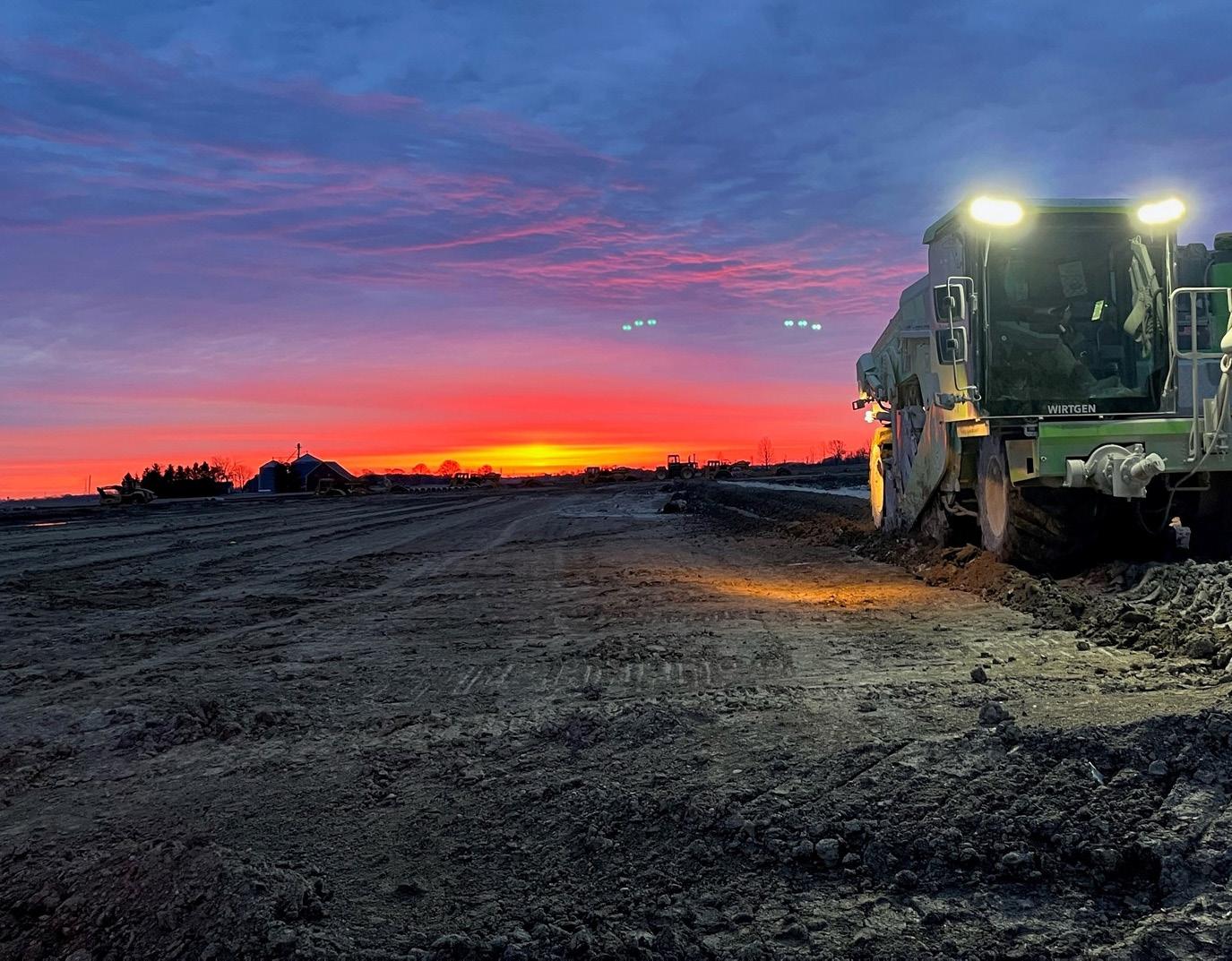
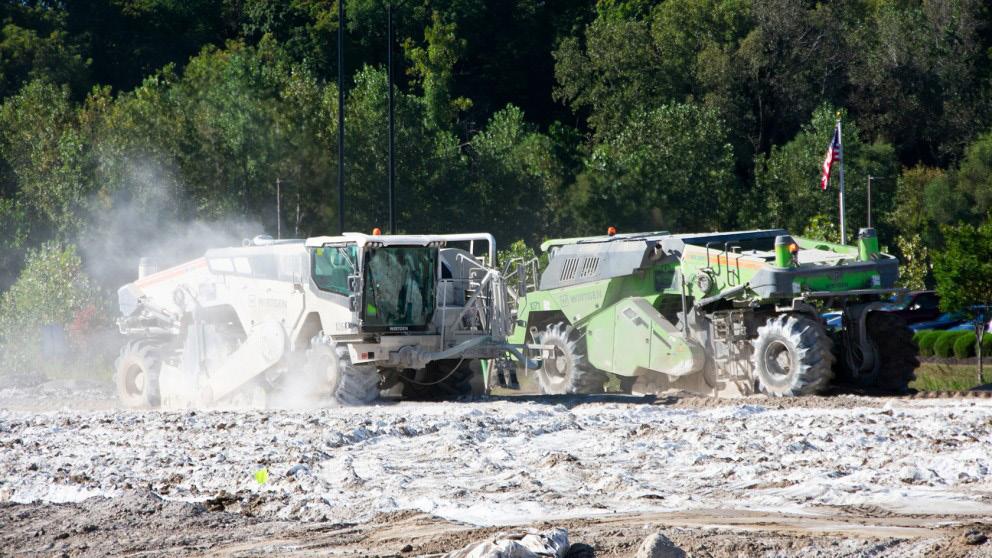
says. "We partner with labs across the country to compete the testing, but we're analyzing the results and determining what chemicals to apply in what area on the site and in what amount. This is a huge value add for our customers because it not only ensures the project will be successful, but is also the most cost-effective approach as no materials are wasted."
The staff at Mt. Carmel can also help troubleshoot projects during the design and construction phases to ensure projects go smoothly.
TRUSTED PARTNERSHIPS
When it comes to the equipment contractors use, repeat purchases depend highly on machine performance and support. Mt. Carmel operates an extensive fleet of about 30 Wirtgen WR series cold recyclers, soil stabilizers and Streumaster binding agent spreaders for the 500+ projects they complete each year. Mt. Carmel Stabilization works primarily with high-powered Wirtgen WR 240i machines
ASPHALT PLANTS AND COMPONENTS

The company utilizes a fleet of Wirtgen WR series cold recyclers to help complete the 500+ projects they work on each year.
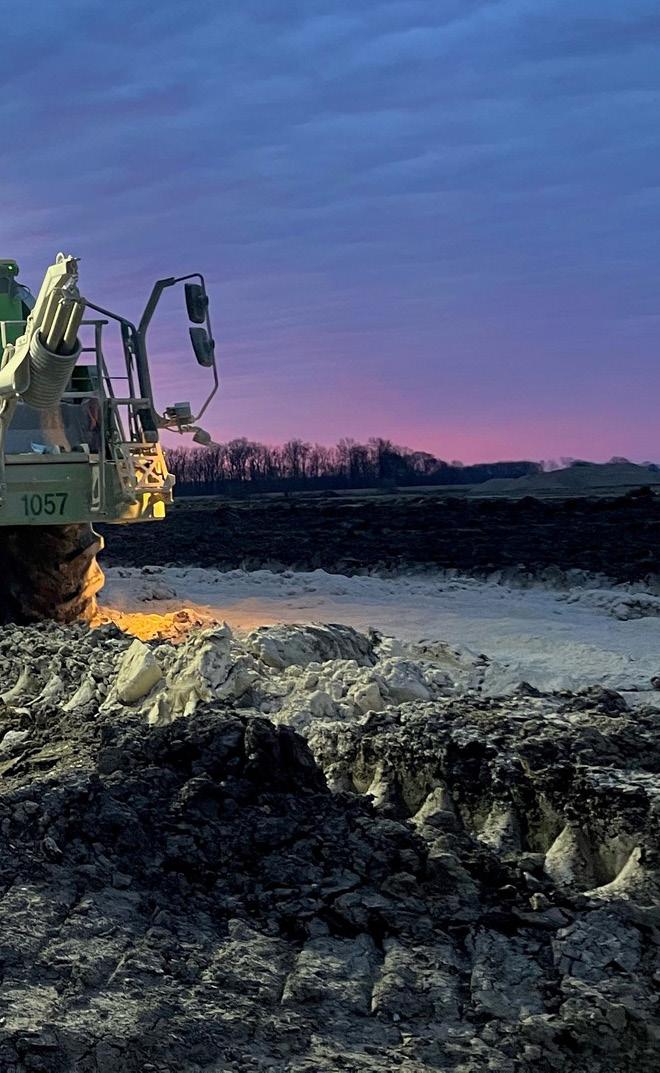
www.tarmacinc.com
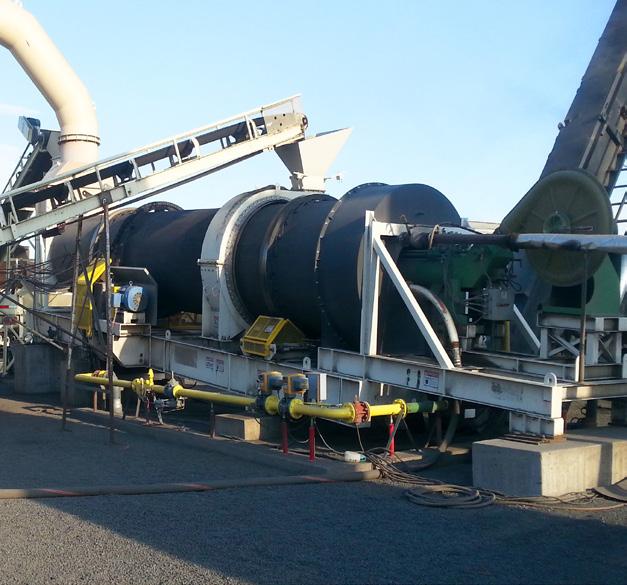
contact tarmac at 816-220-0700 or info@tarmacinc.com
because they know they can rely on their dependability and versatility for their broad range of needs. "Our projects are extremely varied," Crowder says. "Some involve only a couple of meters and can be done in a day, while others can take months and need thousands of tons of lime and cement. All these contracts have had one thing in common over the past 14 years – Wirtgen soil stabilizers. "As the guy responsible for our equipment, what interests me most about a construction machine is, of course, its availability for the job it’s supposed to do," Crowder continues. "Our WR 240i machines are rugged and reliable and do a fine job on every project. In the past, before we upgraded to WRs, we often took a pair of the machines we had along to the project site, because we never knew whether one alone would make it through a whole day. Today, we’re happy to have left that way behind us."
“These machines are absolutely unbeatable when it comes to versatility and durability,” Ryan adds. “One day, a team can be out on a soil stabilization project and, a day later, they can be granulating the asphalt of a road that needs repairing somewhere else – all with the same machine. And the productivity of the WR is high on both jobs.”
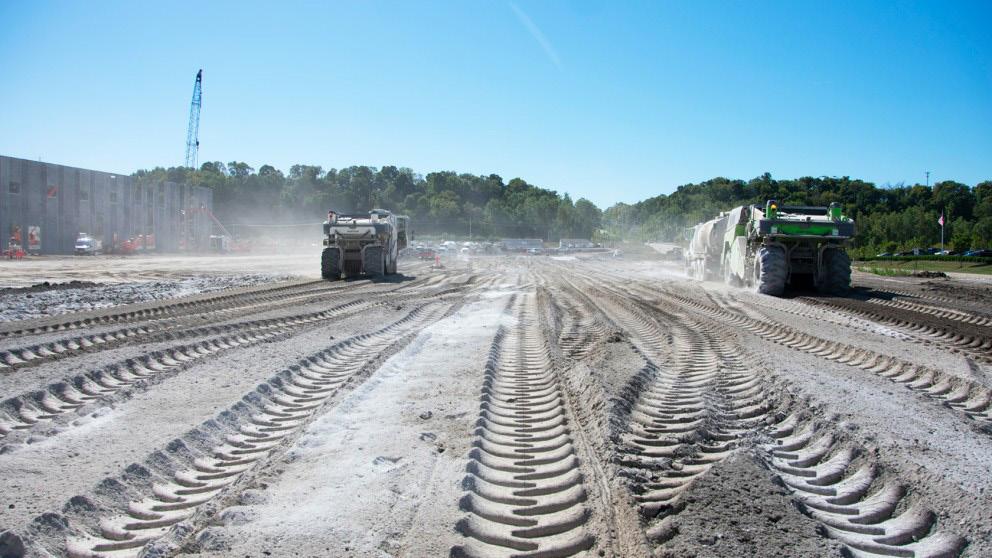
Soil stabilization at an industrial site with two Wirtgen WR 240i machines:
For more information visit
http://asphalt. com/2323zf
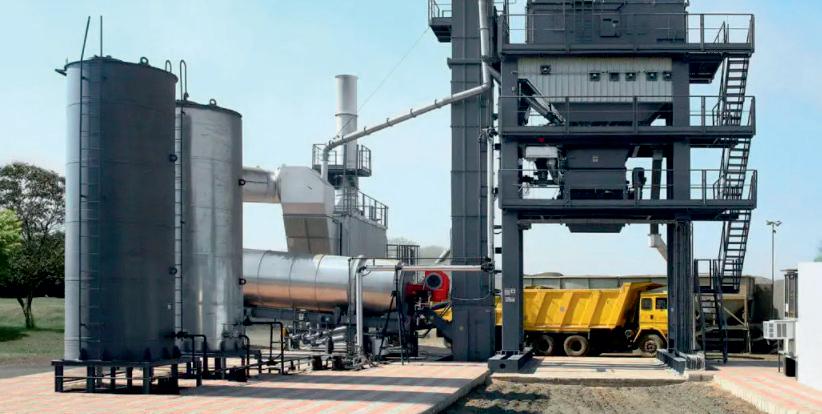
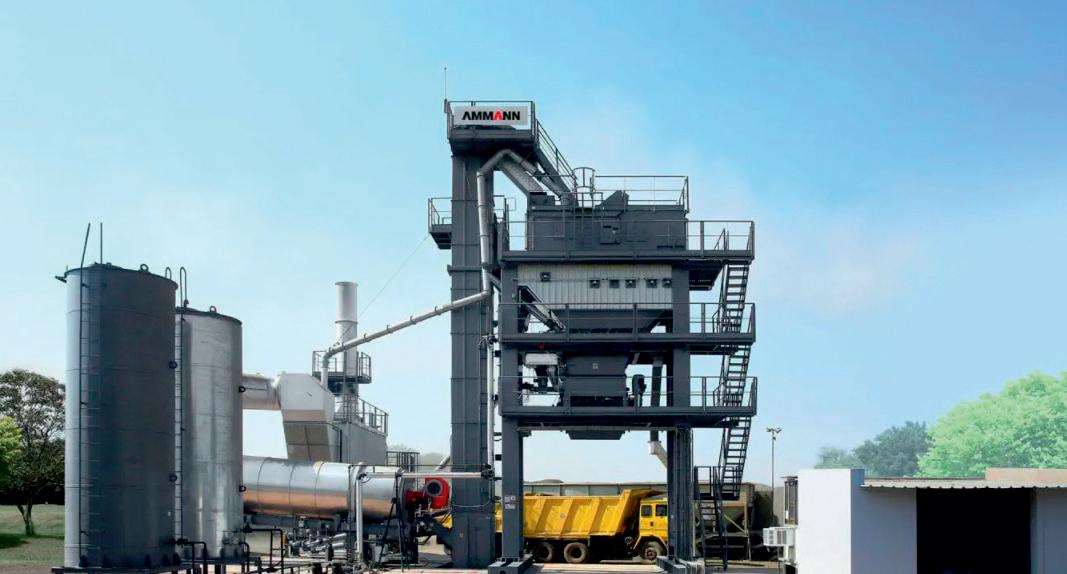
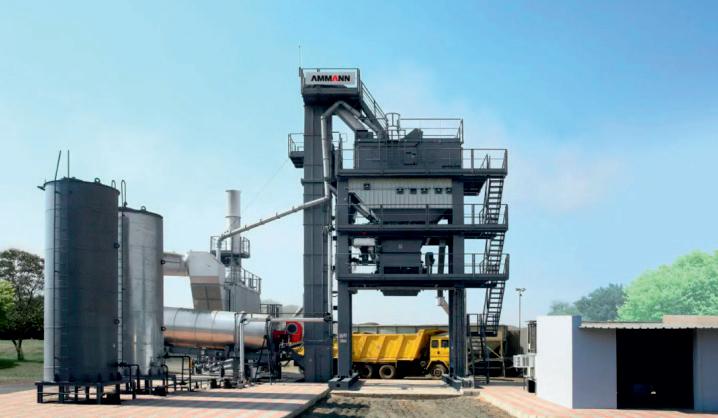
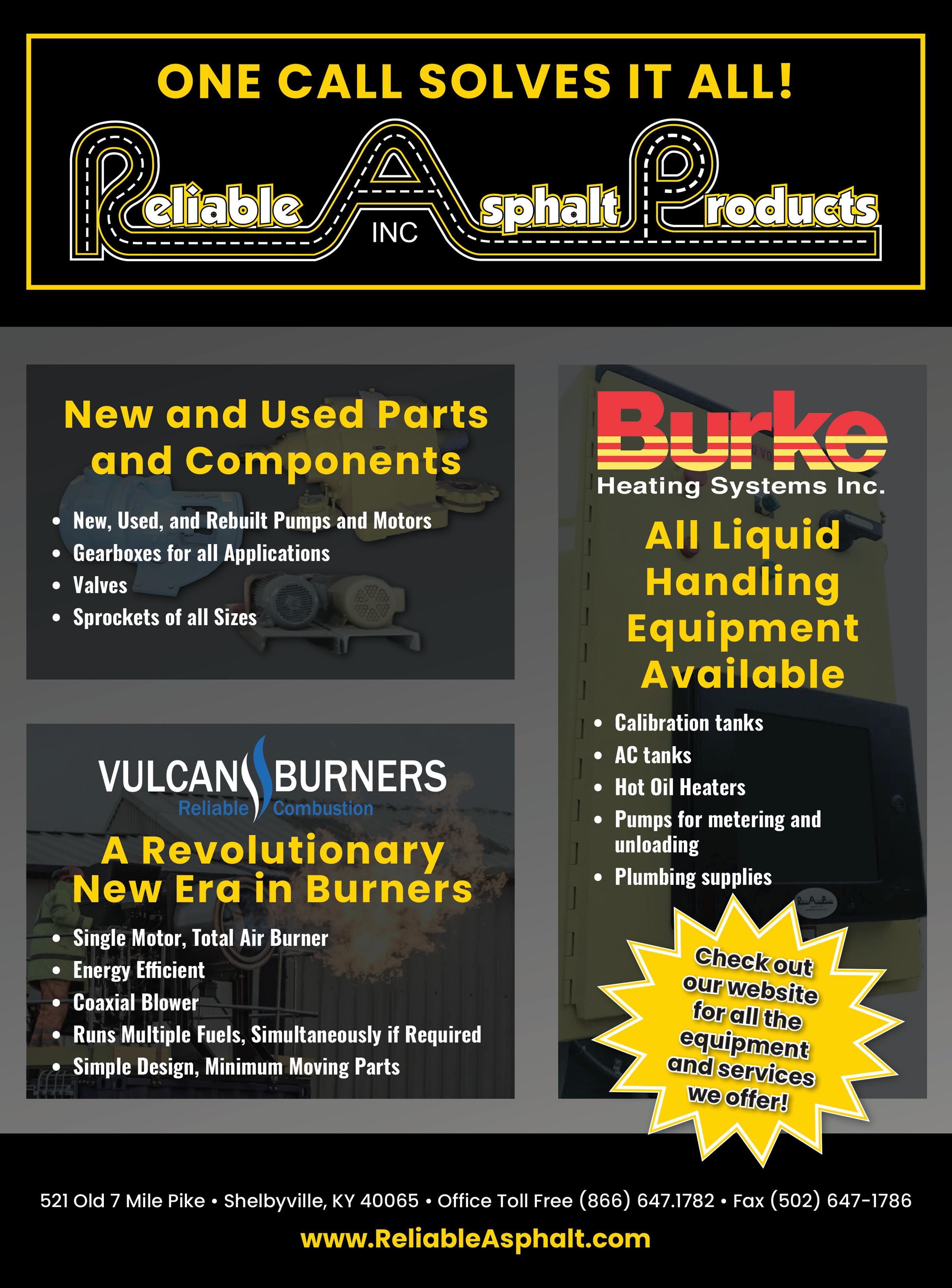

Job Pricing in Today’s Construction Market
©mrmohock – stock.adobe.com Contractors may not be accustomed to this economic climate, especially when bidding and completing work that produces positive cash flow
There is little doubt that the economic trends of inflation, stagflation and deflation will be with us for some time. Every expert source I read supports that conclusion. Many contractors may not be accustomed to this economic climate, especially to when it comes to bidding and completing work that produces positive cash flow.
I constantly harp on two principles, both of which are applicable to any business. And they are: 1. Cash is king. 2. Every dollar of sales requires additional capital.
When I mention “cash is king,” I mean keeping a positive cash balance to cover your cash needs throughout the year, regardless of seasonal peaks and dips. This is more important than ever if you consider current risks associated with incoming costs. To remain successful, you should be producing a daily cash report with a recap of what you deposited and what you spent. This means producing reports to cover account receivables due, as well as a payable report noting when bills are owed and a daily process to follow up with these variables, so you can be certain where you stand from a cash position.
Capital requirements in this environment are as important as ever. The normal timing of business revenues and business expenses is one where bills are due and paid before receivables are collected, thus creating a gap, which in turn eats up your cash, which in turn creates demand for additional capital in the form of bank debt or a personal capital infusion. There are examples out there where a company acquires a significant increase in new profitable business, only to go bankrupt because they could not fund the additional capital to run the business.
So, at the end of each week when you review your current cash position and your projected cash position for next week, you will find that your changes in cash result from current work being completed according to plan, or not being completed according to plan. On the other hand, the level of work may be producing demands for cash you currently cannot cover. In other words, generating a profit does not guarantee positive cash flow.
That brings us to pricing our products and services when most financial metrics are up in the air. Pricing a job today is tough. And with input prices being what they are, you can: • Option 1. Bid a job knowing you are going to eat some inflated costs, hoping conditions change sooner rather than later. • Option 2. Bid a job using current costs, as well as any further price increases that may come about.
Neither choice is good for you or your business. With Option 1, you lose money and could weaken your cash position. Option 2 may cost you a lot of work, since there is always someone out there who will produce a bid without being fully aware of the marketplace.
Option 3 is somewhere in the middle, where you reduce overhead and fixed costs, while at the same time compress your billing process to speed up collections. Improving worksite efficiency would also be part of this process. You may wish to review what work you are performing to ensure you are doing what you do best and give the other work to those more able to get the work done more effectively.
It is no secret that the construction world is taking steps to reduce the cost and time it takes complete a contract. Just review the new systems available to you to achieve this result. Finding a way to achieve this goal would allow you to use Option 1, because reduced costs can offset most cost increases you are experiencing.
One area to review is equipment cost, which is now in the 30% range of total job costs. This cost was once in the 17% range, so it’s important to make sure your owned equipment is adding to your bottom line.
The game plan for the balance of this year is as follows: • Know your cash position. • Do not over invest in inventory unless you are 100% sure you can afford it. • Know what your field personnel are doing. • Speed up the billing process and make sure it is 100% correct. • Invest in the systems to help streamline the process. • Do more with less; find a way to do it. • Manage based on your cash position. • Do what you can do and nothing more. • Do what you do best.
For more information visit
http://asphalt. com/3cdusu
BUILT TO CONNECT
Connected to Customers, From Rock to Road®
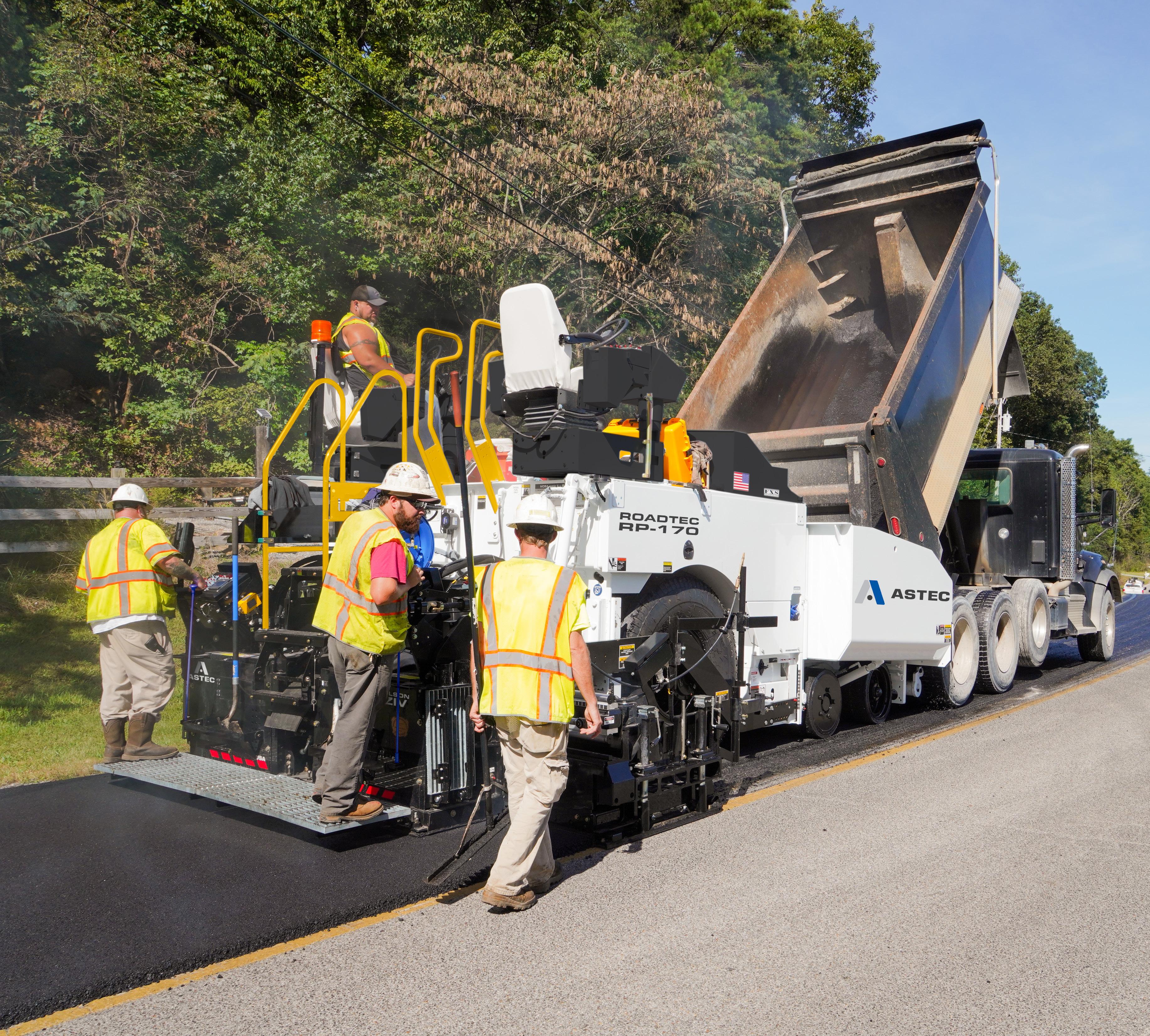
We help build the roads that connect goods to markets, people to communities and families to one other. Astec pavers, screeds, mills, stabilizers and MTVs yield innovative and reliable Rock to Road solutions that create value and connection. We are inspired to connect with our customers through innovative design for safe and reliable roads.
Scan to see our Road Building applications
BUILT TO CONNECT
Traditional Craftsmanship, Modern Technology
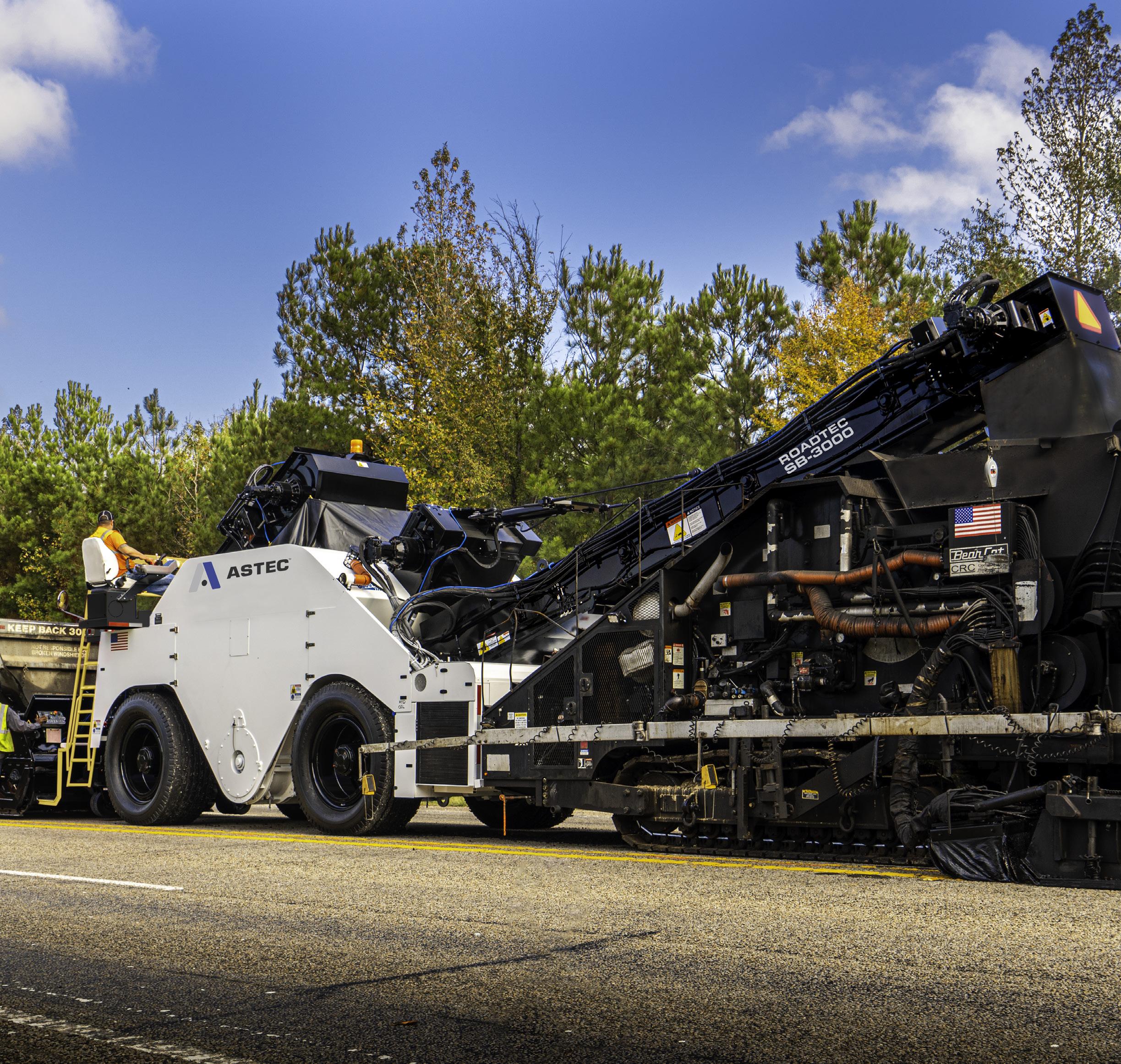
Designed with safety and comfort in mind, the Shuttle Buggy® SB-3000 MTV features adaptive cruise control, bright LED lighting, four-wheel steering for easy transport and ground-level maintenance access. Operators can rely on clear sightlines and the ground operator is safely protected inside the structure of the machine.
Scan to learn more about the SB-3000





